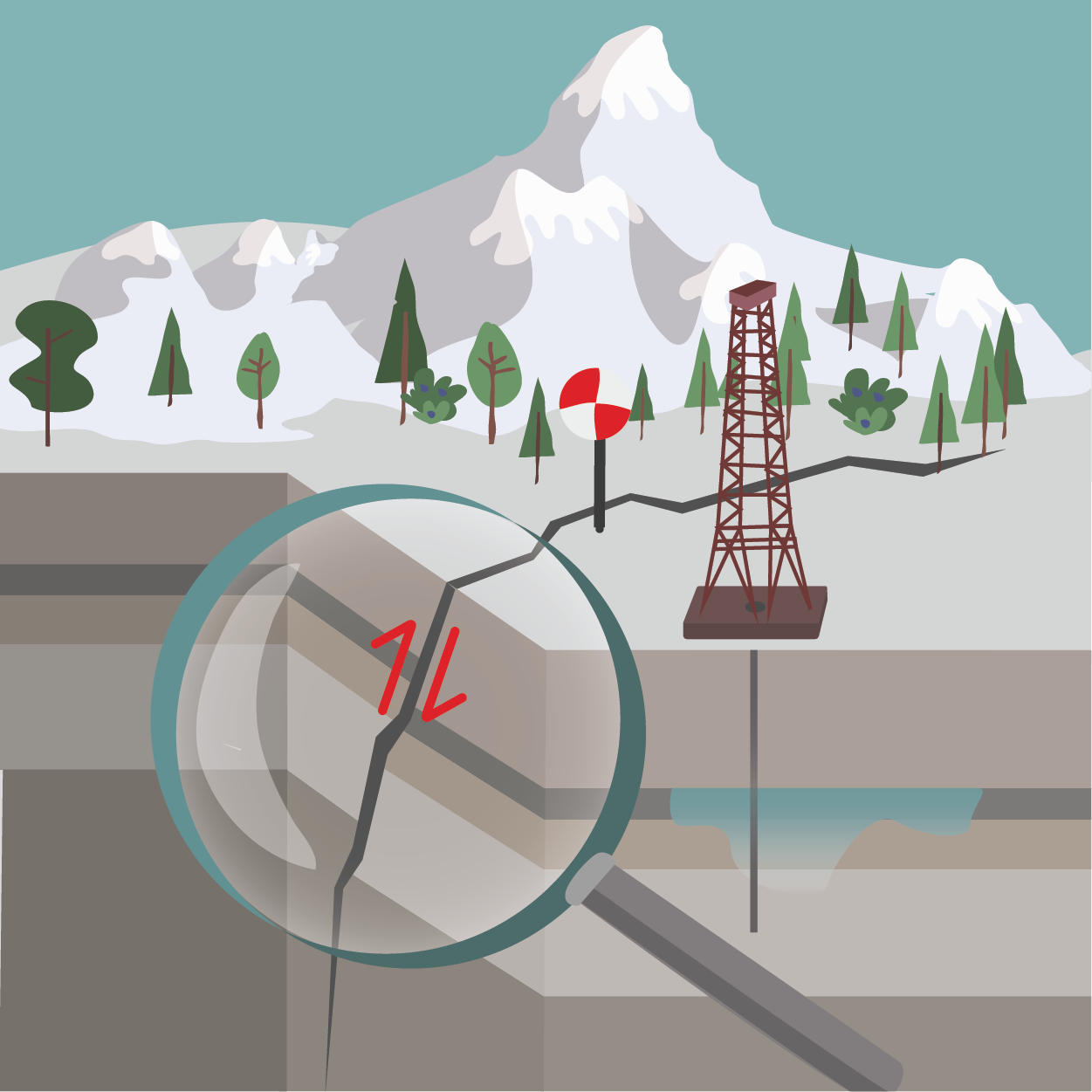Earthquake processes
The earthquake processes section focuses on understanding, describing, and modelling earthquake processes and wave propagation in various contexts. The knowledge gained is translated into societally relevant applications and services for risk mitigation or seismic imaging. This section spans a wide range of temporal scales and topics, from small-scale laboratory experiments to large-scale natural earthquakes, considering induced as well as natural seismicity and aseismic deformation processes. They investigate fundamental topics linked to the statistics and physics of earthquake sources and wave scattering in the crust, using statistical methods, numerical simulations and direct observations.
Applied research topics focus on improving high-resolution seismic imaging and monitoring methods. On the regional scale, the section investigates volcanoes, subduction zones, glaciers and the effect of climate change on groundwater levels. On the local scale, it tailors the methods to underground geo-engineering projects, such as deep geothermal energy, CO2 storage, and nuclear waste disposal. Another focus is on researching earthquake forecasting and predictability, aiming to develop and test operational earthquake forecasting capabilities.
The section collaborates with Swiss underground laboratories such as the BedrettoLab, the Mont Terri Rock Laboratory, or the Grimsel Underground Rock Laboratory. In addition to research, the section plays a key role in teaching, with several members engaged in fundamental courses at ETH Zurich and other institutions.
The earthquake processes section is co-led by Dr. Anne Obermann and Dr. Antonio P. Rinaldi. It is divided into five research groups.
